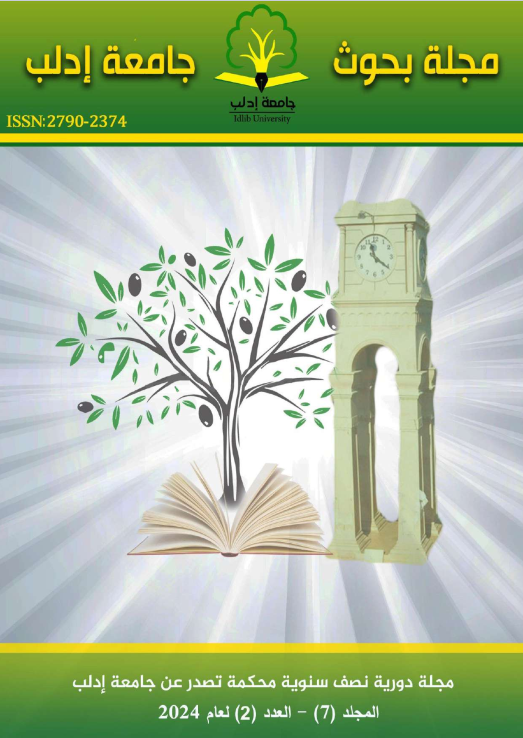Development of an Analytical Method Using RP-HPLC Technology for The Determination of Sudan Dyes I, II, III, IV in Food Samples
Keywords:
Sudan dyes, spices, RP-HPLC, Green ChemistryAbstract
A simple, accurate, reliable and green sensitive method was developed using high performance liquid chromatography (HPLC) with UV detector, to separate some of the most common Sudan dyes, namely Sudan IV, III, II and I, in imported spice samples to Northwestern Syria. Some specialized food agencies, the most famous of which is the US FDA, have considered these dyes to be carcinogenic agents with genotoxicity. Therefore, it is necessary to evaluate the risk and presence of Sudan dyes in spices. The analytical method was developed by studying the experimental conditions affecting the separation process such as the type of chromatographic column, the composition of the mobile phase, the flow of the mobile phase and the temperature of the separation column. The measurements were made at a wavelength of 230nm, and the analysis time was less than 6 minutes. The optimal experimental conditions were reached, then the validity of the analytical method was studied by studying selectivity, accuracy, linearity and recovery. All the analytical results we obtained were in accordance with the analytical validity criteria, as the linearity ranged between 0.25-15µg/mL with good correlation coefficients (R2> 0.9983). The limit of detection (LOD) was (0.0704, 0.0116, 0.0039, 0.0249) for Sudan dyes IV, III, II, I, respectively, and the limit of quantification (LOQ) was (0.2132, 0.0351, 0.0120, 0.0754) for Sudan dyes IV, III, II, I, respectively. The relative standard deviation values when calculating the accuracy within a day did not exceed (3.26%), and when calculating the accuracy over several days did not exceed (2.80%). The recovery values in the sample ranged Turmeric (99.2-103.9) and in the curcumin sample (98.7-103.9), therefore, this developed method can be considered capable of detecting Sudan dyes in real samples. This method has been applied to some commercial spice samples and quantities of Sudan dyes were observed in these samples.

